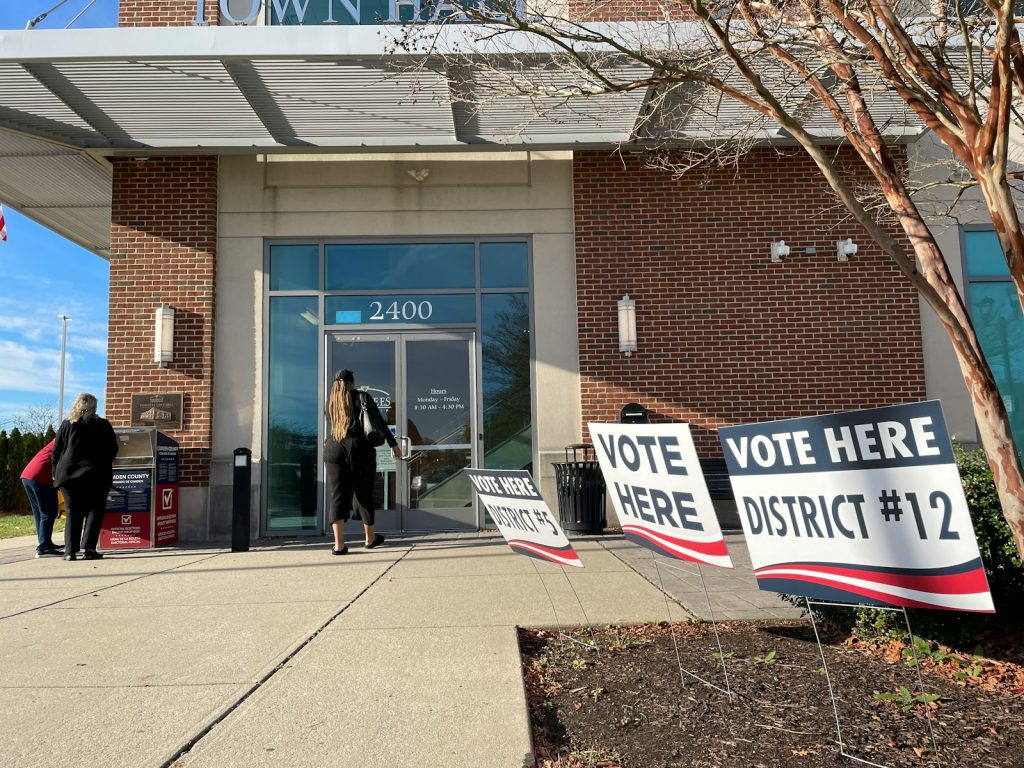
In today’s hyper-competitive political landscape, capturing voter attention and building meaningful connections is more challenging than ever. Traditional campaign methods, such as blanket mailers, generic emails, and broad-spectrum messaging, are losing effectiveness as voters expect more relevant, personalized interactions. Enter hyper-personalization, the revolutionary approach that leverages voter data, behavioral insights, and advanced technology to deliver tailored messaging that resonates with specific voter segments at exactly the right moment.
Why Hyper-Personalization is Transforming Political Campaigns:
Political campaigns today have unprecedented access to voter data—from demographic information and voting history to digital behavior and issue preferences. The campaigns leading the pack aren’t just collecting this information. They’re transforming it into actionable intelligence that powers every aspect of their outreach strategy. By implementing advanced analytics and AI-powered tools, campaigns can segment their audience with remarkable precision and deliver messaging that feels personally crafted for each voter.
The most successful implementation of hyper-personalization goes beyond simply inserting a voter’s name into an email. It involves creating dynamic content pathways where every touchpoint – from social media ads and text messages to canvassing scripts and fundraising appeals – adapts based on what you know about that specific voter. A middle-class parent in a suburban swing district receives messaging about education policy and family tax credits, while a young urban professional sees content focused on housing affordability and climate initiatives. And this is all delivered through their preferred communication channels at times when they’re most receptive.
The future of political campaigning belongs to those who can master this balance between sophisticated technology and authentic human connection. By implementing a comprehensive hyper-personalization strategy, campaigns can create the perception of individual attention at scale and make each voter feel heard and understood while efficiently managing resources across an entire electorate.
In a political environment where voter attention is the scarcest resource, hyper-personalization isn’t just an advantage. It’s becoming a necessity. The campaigns that embrace this approach will build stronger relationships with voters, drive higher engagement, and ultimately succeed at the ballot box.
